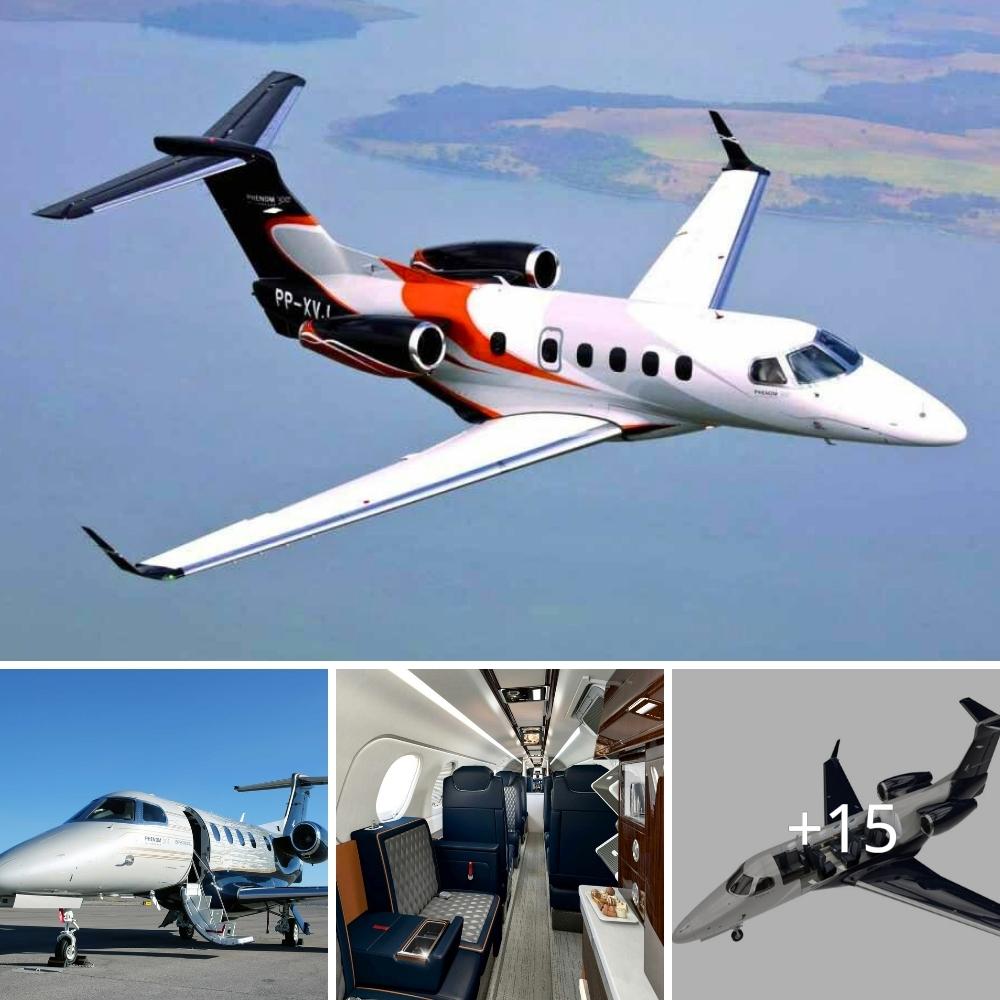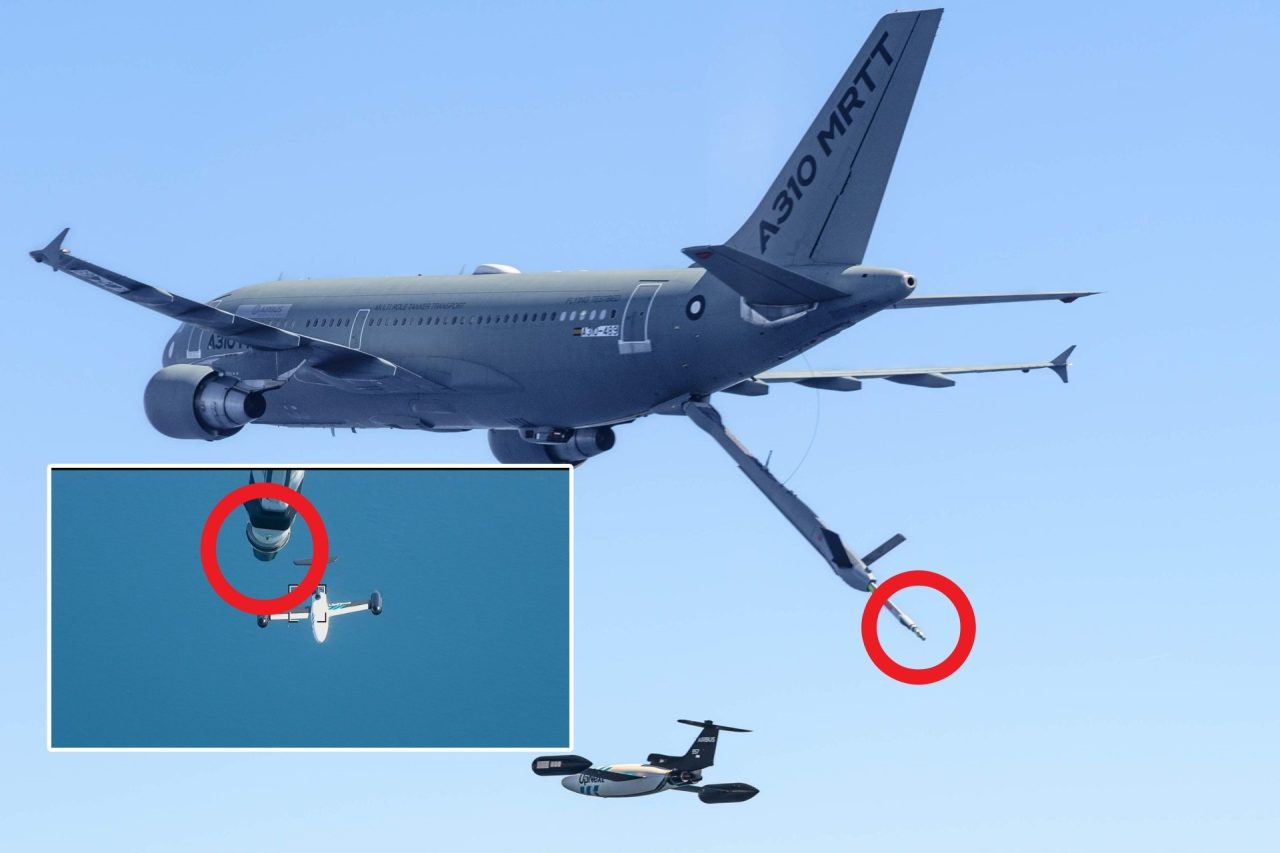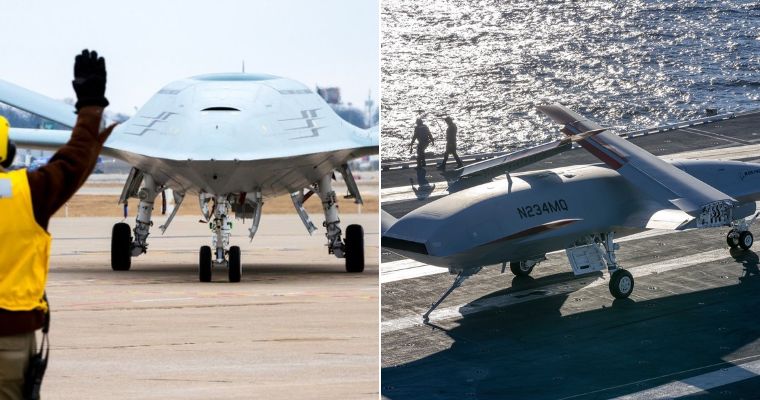In what could be seen as a stark departure from its traditional practice, the US Navy’s proposed budget for the 2024 Fiscal Year includes almost $1.53 billion for developing a Next-Generation Fighter aircraft, popularly known as the F/A-XX.
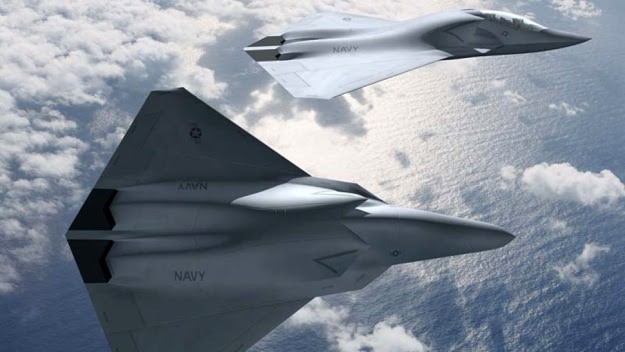
The US Department of Navy officially published its budget proposal for the fiscal year 2024 on March 13, including budget requests for the US Marine Corps.
The FA-XX program stands out because, unlike the US Air Force (USAF), which has been more forthcoming about its NGAD, the US Navy’s F/A-XX remains a secret. For instance, the service chose to keep the costs of developing the F/A-XX classified in the last three budget cycles.
Last year, media reports indicated that the Navy was spending more money on developing the sixth-generation fighter jet, raising concerns about how the service will convince the taxpayers without divulging meaningful details about the program.
At the time, Rear Adm. John Gumbleton, the Navy’s deputy assistant secretary for budget, said, “Although NGAD is a classified line, investments do go up over the [Future Years Defense Program] somewhat dramatically for NGAD.” He was referring to the Pentagon’s five-year budget outlook.
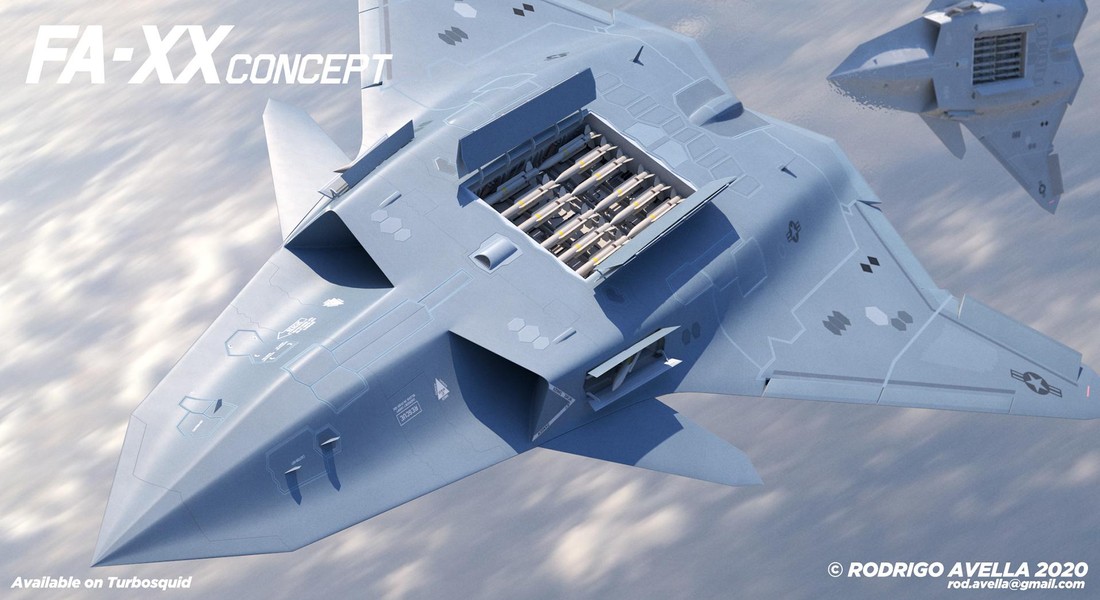
The Navy revealed NGAD spending lines in its FY 2020 budget books, asking for about $20.7 million in research and development funds. To fund the program, the Navy anticipated needing $255.59 million in FY 2023 and $371.9 million in FY 2024. However, the predicted figures have been surpassed in the recent request.
Much like the USAF Next Generation Air Dominance aircraft, the US Navy’s sixth-generation aircraft is expected to be a stealthy fighter operating with uncrewed aircraft in a manned-unmanned teaming mode.
The FY 2024 budget request further comes at a time when the service is faced with a potential fighter jet shortage.

F/A-18E Super Hornets from Strike Fighter Squadron- NAVAIR
In March 2022, the service informed the media that it planned to prevent a fighter jet shortage into the 2030s. The plan called for fully fielding the F-35C Joint Strike Fighter, creating the F/A-XX manned fighter for the Next Generation Air Dominance program, and giving existing F/A-18E/F Super Hornets an additional 4,000 flying hours of service life.
Vice Adm. Kenneth Whitesell said the F/A-XX must be fielded between 2030 and 2035. He warned that this must be done on schedule. Otherwise, the service will lose jets without replacements, creating a shortage.
The F/A-XX is expected to replace the Super Hornets that will start leaving the inventory by 2030 onward, if not sooner.
Further, in May 2022, Navy officials told Congress in a written testimony that the F/A-XX program is meant to expand the range for carrier-based operations.
A joint testimony from Department of Navy acquisition officials stated, “The NGAD [family of systems] will replace the F/A-18E/F Block II aircraft as they begin to reach the end of service life in the 2030s and leverage Manned-Unmanned Teaming (MUM-T) to provide increased lethality and survivability.
“F/A-XX is the strike fighter component of the NGAD FoS that will be the ‘Quarterback’ of the MUM-T concept, directing multiple tactical platforms at the leading edge of the battlespace.”
The US Navy’s F/A-XX Program On TrackThe Navy continues withholding information about how much money it received for this program from previous budgets.
But, the slightly more than $1.5 billion it is requesting right now for F/A-XX only accounts for 5% of its total $26.9 billion proposal for research and development for the 2024 fiscal year.
However, it still exceeds the amount the service hoped to get for the next budgetary cycle’s development of its next-generation attack submarine ($545 million) and next-generation destroyer ($187 million).
There are still few details regarding what it is searching for in this aircraft and how far along the program may already be. The Navy’s Next-Generation Air Dominance (NGAD) project, distinct from the Air Force’s program by the same name, includes F/A-XX as a component. It’s unclear precisely what the Navy’s NGAD program entails yet.
In September 2022, media reports indicated that the highly classified sixth-generation fighter being developed by the US Navy was in the “concept refinement phase,” with the Office of Naval Operations and Naval Air Systems Command of the service discussing with business and intelligence organizations on the design of the futuristic aircraft.
It is anticipated to replace the F/A-18E/F Super Hornet, at least in part, according to an unclassified “Navy Aviation Vision” paper the service produced in 2021. It also stated that one of its primary duties would be to serve as a “quarterback” for squadrons of advanced drones.

An early concept of Boeing F/A-XX for the US Navy. (via Twitter)
EurAsian Times reported earlier that the concept released by US Navy shows a top-down view, depicting a lambda-wing shape design and canard foreplanes.
Further, Steve Trimble, the defense editor at Aviation Week, tweeted that the F/A-XX may have a “ruddervator” tailplane similar in broad strokes to ones seen on the Northrop-designed YF-23 stealth. Since the artwork was low in resolution, the conclusion was that the image could have more traditional twin tails.
There are few details available regarding the drones the F/A-XX is intended to operate, but we do know that the Navy plans for them to carry ordnance, electronic warfare suites, and serve as communications relay nodes, noted The War Zone.

Recently, the Air Force disclosed that it has been working closely with the Navy to hone its plans for highly autonomous sophisticated drones, which it currently refers to as Collaborative Combat Aircraft (CCA). The fact that the Navy is also buying additional MQ-4C Triton drones could signal some willingness for manned-unmanned teaming.
The US Navy has not yet revealed more details about its upcoming aircraft. However, the service has taken the first step by disclosing the budgetary request, and the ensuing information could be published in the foreseeable future.
Source: autodailyz.com



